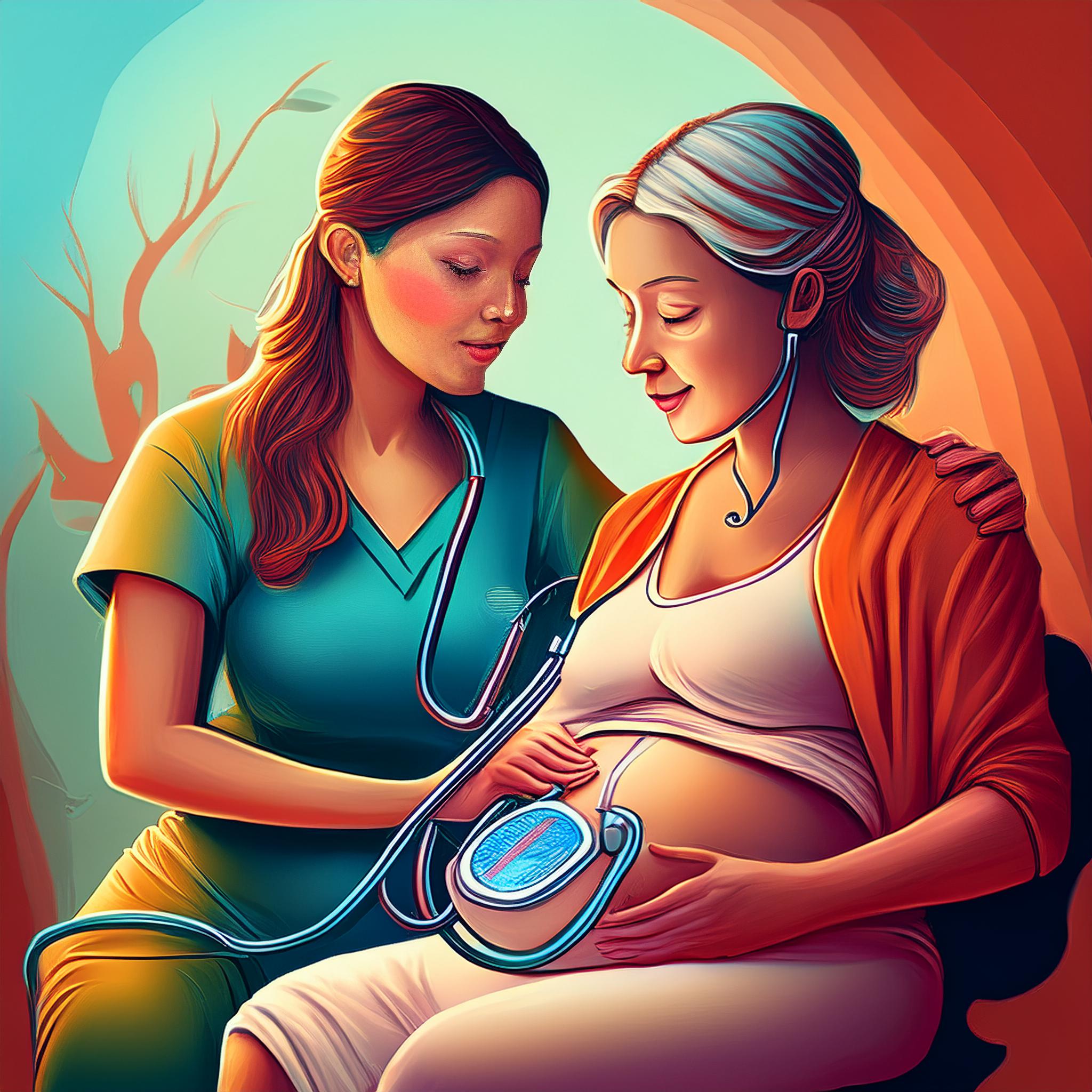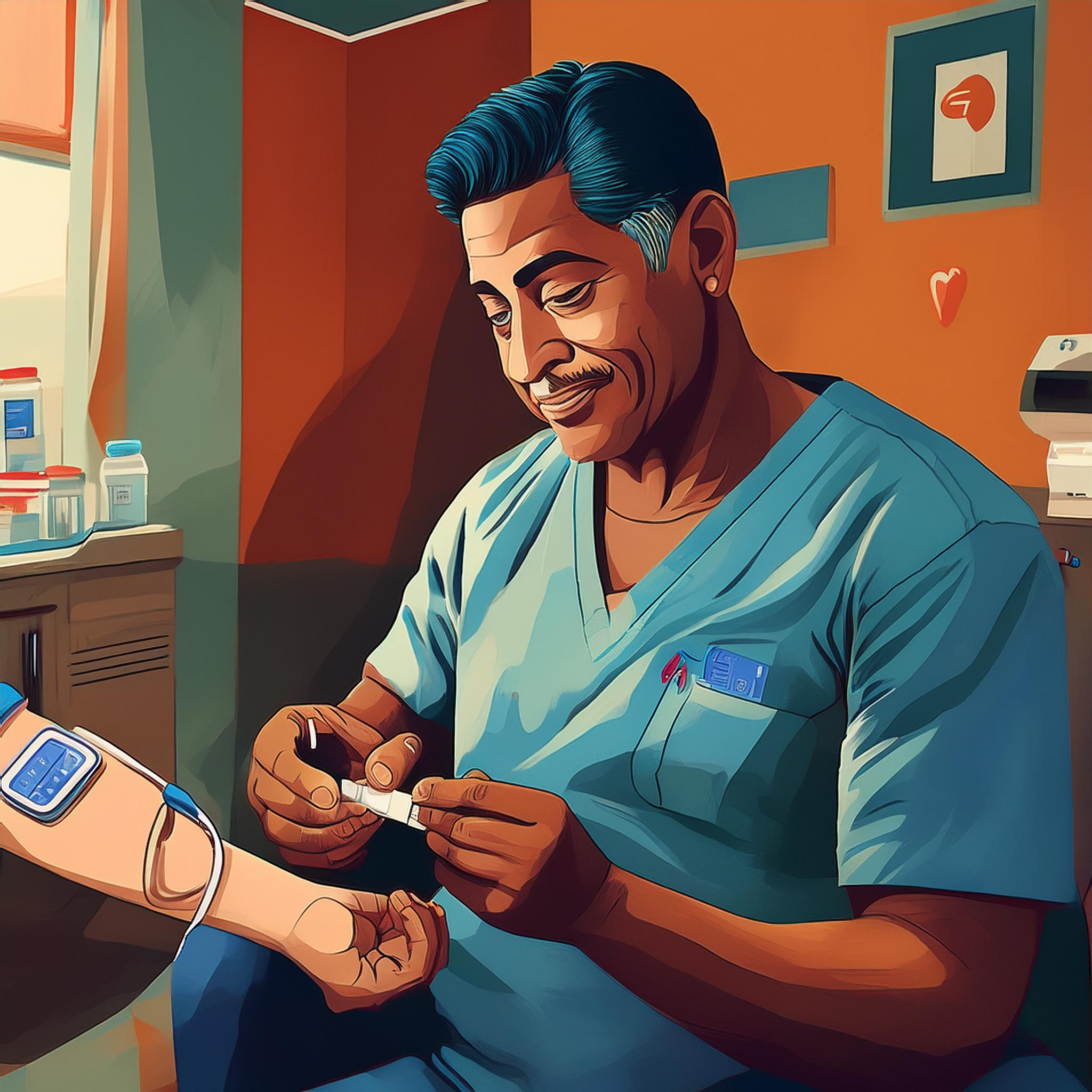Health Reproductive Health Services and Its use in Public Health Center Areas of Kupang City
Downloads
Background: Adolescence is one of the most critical periods in the human life cycle, so a teenage reproductive health service center is needed to provide guidance and health services. Access and acceptability of adolescents in adolescent reproductive health services is lacking. The problem faced by Kupang City Health Office is the program of health care for adolescents (PKPR) is not maximally run in the health center and is still socialized in schools working area of Public Health Center but not all schools, so access teenager to reproductive health problem is still low. Objective: To know the relation of access and acceptability of health service to utilization of reproductive health service of adolescent at Kupang City Health Center. Research Method: Cross-sectional design with quantitative and qualitative approach. Qualitative data were collected by in-depth interview technique. Sampling with simple random sampling. The subject is 110 high school students in the community health centers that have opened adolescent reproductive health service centers. Results: The proportion of adolescent reproductive health service utilization was 26.4%. Bivariable analysis showed a significant relationship between health service access with the utilization of adolescent reproductive health service with p-value <0,05, RP value 20,67 in 95% CI between 4.59-92,99 mean adolescent that utilize reproduction health service Has a 20.67 times greater likelihood in adolescents whose access to health care is easier than in adolescents whose access to health care is difficult. Descriptively, most teenagers need service (85.5%), and have positive attitude (82,7%) and have expectation of reproductive health service at Public Health Center (72,7%). Conclusions: The prevalence of adolescents utilizing reproductive health services is greater in adolescents with access to health care easier than in adolescents whose access to health care is difficult. Acceptability of health services also affects adolescents to utilize reproductive health services.
Downloads
BKKBN, LD-FEUI & Bank Dunia (2004) Program Kesehatan Reproduksi Remaja: Penting dan Dibutuhkan. Informasi Ringkas. Jakarta: BKKBN
Borenstein, P.E., Harvilchuck, J.D., Rosenthal, B.H. & Santelli, J.S. (1996) Patterns of ICD-9 Diagnoses among Adolescents Using School- Based Clinics: Diagnostic Categories by School Level and Gender. Journal of Adolescent Health, 18(3):203-210.
Case, A., Menendez, A. & Ardington, C. (2005) Health Seeking Behavior in Northern KwaZulu-Natal. Africa Centre for Health and Population Studies.
Civic, D., Scholes, D., Grothaus, L. & McBride, C. (2001) Adolescent HMO Enrollees’ Utilization of Out-of-Plan Services. Journal of Adolescent Health, 28:491-496.
Dinas Kesehatan dan Kesejahteraan Sosial Kabupaten Kotabaru (2007) Profil Kesehatan Kabupaten Kotabaru Tahun 2006, Kotabaru. Tersedia dalam: dhs2_kotabaru@yahoo.co.id [Diakses 12 Mei 2008].
Galbraith, A.A., Stevens, J. & Klein, J.D. (1997) Health Care Access and Utilization Among Pregnant Adolescents. Journal of Adolescent Health, 21:253-258.
Kamau, A.W. (2006) Factors Influencing Access and Utilization of Preventive Reproductive Health Services by Adolescent in Kenya. University of Bielefeld, Germany. Dissertation.
Lwanga, S.K. & Lemeshow, S. (1996) Sample Size Determination in Health Studies: A practical manual. Software version by KC.Lun and Peter Chiam National University of Singapore. Geneva: WHO.
Majumder, A. (2004) Economics of Health Care Utilization: A Study of Health Seeking Patterns in Cooch Behar District of North Bengal. In Sankrityayana, J. (Ed.) Research In Economics: Aims And Methodology. Italy, University Grants Commission.
MDH (Minnesota Departement of Health Fact Sheet) (2004) Children and Adolescents Access to Health Care. St. Paul, MN: Maternal and Child Health. Available from: <http://www.health.state.mn.us> [accessed 17 February 2008].
Munthali, A.C., Chimbiri, A. & Zulu, E. (2004) Adolescent Sexual and Reproductive Health in Malawi: A Synthesis of Research Evidence. Occasional Report. New York & Washington: The Alan Gutimacher Institute.
Murti, B. (2006) Desain dan Ukuran Sampel untuk Penelitian Kuantitatif dan Kualitatif di Bidang Kesehatan. Yogyakarta: Gadjah Mada University Press.
Nwagwu, W.E. (2007) The Internet as a Source of Reproductive Health Information among Adolescent Girls in an Urban City in Nigeria. BioMed Central Public Health, 7(354):1-23.
Outlook (2000) Kesehatan Reproduksi Remaja: Membangun Perubahan yang Bermakna. Outlook, 16:1-8.
Pastore, D.R., Juszczak, L., Fisher, M.M. & Friedman, S.B. (1998) School- Based Health Center Utilization A Survey of Users and Nonusers. Arch Pediatr Adolesc Med., 152:763-767.
Setiasih, E. (2007) The Adolescent Friendly Health Services in Indonesia and NAD Province. AMI 5:10-12.
Tanjung, A., Utamadi, G., Sahanaja, J. & Tafel, Z. (2001) Kebutuhan akan Informasi dan Pelayanan Kesehatan Reproduksi Remaja.
UNFPA (2005) State of World Population 2005. The Promise of Equality Gender Equity Reproductive Health & the MDGs. New York: UNFPA.
Copyright notice
Ownership of copyright
The copyright in this website and the material on this website (including without limitation the text, computer code, artwork, photographs, images, music, audio material, video material and audio-visual material on this website) is owned by JURNAL INFO KESEHATAN and its licensors.
Copyright license
JURNAL INFO KESEHATAN grants to you a worldwide non-exclusive royalty-free revocable license to:
- view this website and the material on this website on a computer or mobile device via a web browser;
- copy and store this website and the material on this website in your web browser cache memory; and
- print pages from this website for your use.
- All articles published by JURNAL INFO KESEHATAN are licensed under the Creative Commons Attribution 4.0 International License. This permits anyone to copy, redistribute, remix, transmit and adapt the work provided the original work and source is appropriately cited.
JURNAL INFO KESEHATAN does not grant you any other rights in relation to this website or the material on this website. In other words, all other rights are reserved.
For the avoidance of doubt, you must not adapt, edit, change, transform, publish, republish, distribute, redistribute, broadcast, rebroadcast or show or play in public this website or the material on this website (in any form or media) without appropriately and conspicuously citing the original work and source or JURNAL INFO KESEHATAN prior written permission.
Permissions
You may request permission to use the copyright materials on this website by writing to jurnalinfokesehatan@gmail.com.
Enforcement of copyright
JURNAL INFO KESEHATAN takes the protection of its copyright very seriously.
If JURNAL INFO KESEHATAN discovers that you have used its copyright materials in contravention of the license above, JURNAL INFO KESEHATAN may bring legal proceedings against you seeking monetary damages and an injunction to stop you using those materials. You could also be ordered to pay legal costs.
If you become aware of any use of JURNAL INFO KESEHATAN copyright materials that contravenes or may contravene the license above, please report this by email to jurnalinfokesehatan@gmail.com
Infringing material
If you become aware of any material on the website that you believe infringes your or any other person's copyright, please report this by email to jurnalinfokesehatan@gmail.com.





























